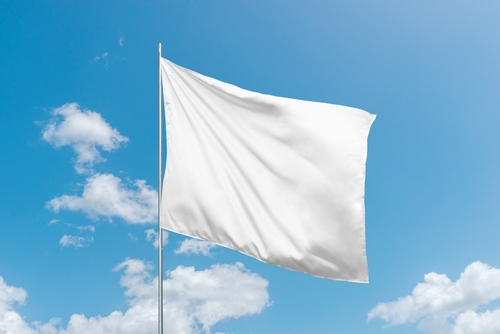Three consumer groups have called on the Federal Trade Commission to create an anti-spam rule, similar to its Telemarketing Sales Rule. But it was unclear at deadline just what the FTC planned to do.
FTC Chairman Howard Beales said in a statement that the FTC would review the petition, and defended the agency’s past anti-spam enforcement.
Ben Isaacson, executive director of AIM, an online marketing trade group owned by the Direct Marketing Association, argued that the FTC already has enough to do.
“They’re up to their eyeballs in spam right now,” he said. “They’re doing their best to go after truly deceptive mailers.”
In a related development, Associated Press reported that one of the groups had sent unsolicited e-mails.
The petition was filed today by the Telecommunications Research & Action Center (TRAC), National Consumers League and Consumer Action.
Among other things, the groups want the FTC to regard an unsolicited commercial e-mail as deceitful when any part of it is false, including the subject line and identity of the sender.
They also want violators to be held accountable for unfair and detective trade practices under the Federal Trade Commission Act.
But Isaacson contended that this would be a superfluous move.
“The FTC already has jurisdiction over pyramid scams,” he said. “It’s quite enough for them to handle rather than having them go back to Congress to look for more funding.”
Isaacson added that all the parties should work with Congress on an appropriate bill “that everyone can be happy with.”
Meanwhile, the three groups established a Web site, www.banthespam.com, for the sharing of spam horror stories. However, consumers who chose not to receive e-mails updates from TRAC received a reply stated, “You are currently signed up for news and information,” according to Associated Press.
The group disputed the AP story, and said it had asked for a correction.
“No spam e-mail of any kind was sent to any consumer,” said Samual A. Simon, chairman of TRAC, in a statement. “What the AP has done is concoct an inaccurate story about some language that appeared on the anti-spam Web site.”
Simon added that “the Web site did not generate any spam and, in fact, it was never capable of doing so.”
However, AP quoted Simon as saying that the disputed notice was a mistake, and that the wording had been changed to say, “You will not get e-mail from us unless you requested it when you submitted your story about spam.”
The petition filed today argues that unsolicited e-mail is costly to consumers because of its sheer volume. This cost includes the time it takes to dispose of spam messages, and the “cost of the time a phone is engaged if a subscriber uses a dial-up method of e-mail and has to delete a lot of unsolicited e-mail.”
In this, unsolicited e-mail is similar to unsolicited commercial faxes, which are regulated by the FTC, the petition notes.
The groups claim that the average e-mail account receives 571 unsolicited e-mails per year, a number expected to triple by 2006.
In addition, much of the e-mail is misleading, the petition contends. Many e-mails misrepresent the sender’s identity, and fail to provide a legitimate e-mail or phone contact or opt-out instruction, it says.
And many senders ignore opt-out requests, the petition continues.
Moreover, consumers and their children often find pornographic messages when they open unsolicited e-mails. They are also barraged with “get rich quick and pyramid schemes, fast weight loss claims, the groups note.
The petition also alleges that many spammers indicate in the e-mail that it was requested by the recipient when it was not. It notes that “lists of valid e-mail addresses are circulated and sold among spammers.”
The groups blame the proliferation of unsolicited e-mail on the low cost of sending it.
“It is estimated that a spammer can send 50 million e-mail messages at a cost of approximately $100,” the petition continues. “By contrast, sending the same number of messages by first-class mail, at 37 cents per envelope, would cost approximately $18.5 million in postage alone.”
“It is intrusive and legally actionable for telemarketers to make unsolicited, fraudulent phone calls,” the petition states. “We believe that it is in the public interest for electronic marketers to be held to a similar standard.”
Airlines are responsible e-mailers because they ask for permission from consumers, the petition notes.
The groups want the FTC to consider an e-mail as deceptive when it:
*Misrepresents the sender (in source or routing information).
*Misrepresents the subject or content of the e-mail.
*Fails to provide reliable contact information.
*Fails to provide a reliable opt-out system.
*Is sent to an individual who has opted out or resigned from list, or to whom it is illegal to send unsolicited commercial e-mail.
 Network
Network

